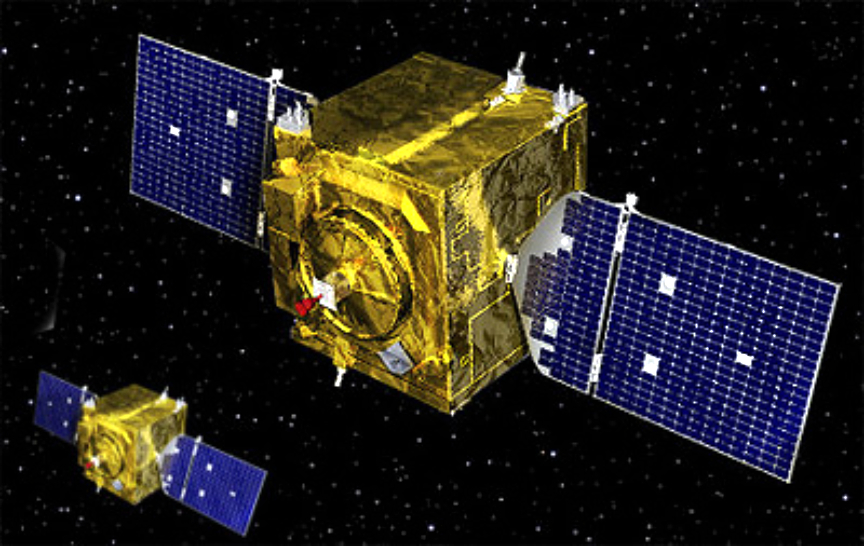
Space Operations Command has accepted Geosynchronous Space Situational Awareness Program (GSSAP) satellites 5 and 6 as operationally capable and has presented them to United States Space Command for operational use.

GSSAPs 5 and 6 launched from Cape Canaveral Space Force Station, Florida, on January 21, 2022. GSSAP satellites are a space-based capability operating in the near-geosynchronous orbit regime supporting U.S. Space Command space surveillance operations as a dedicated Space Surveillance Network (SSN) sensor.
GSSAP satellites collect space situational awareness data allowing for more accurate tracking and characterization of man-made orbiting objects. From a near-geosynchronous orbit, they have a clear, unobstructed and distinct vantage point for viewing Resident Space Objects (RSOs).
GSSAP satellites operate near the geosynchronous belt and have the capability to perform Rendezvous and Proximity Operations (RPO). RPO allows for the space vehicle to maneuver near a resident space object of interest, enabling characterization for anomaly resolution and enhanced surveillance, while maintaining flight safety. Data from GSSAP uniquely contributes to timely and accurate orbital predictions, enhancing our knowledge of the geosynchronous orbit environment, and further enabling space flight safety to include satellite collision avoidance.

GSSAP satellites communicate information through the world-wide Space Force Satellite Control Network (SFSCN) ground stations, then to Schriever Space Force Base, Colorado, where Space Delta 9 conducts day-to-day operations.
“By streamlining decision making, synchronizing test events, and improving resourcing, we were able to clear the latest GSSAP satellites for operational use four months ahead of schedule,” said Col. Matt Cantore, Director of Combat Power for Headquarters, Space Operations Command. “The addition of these vehicles expands the GSSAP constellation and allows for even more opportunity to respond to real-world threats,” he added.
